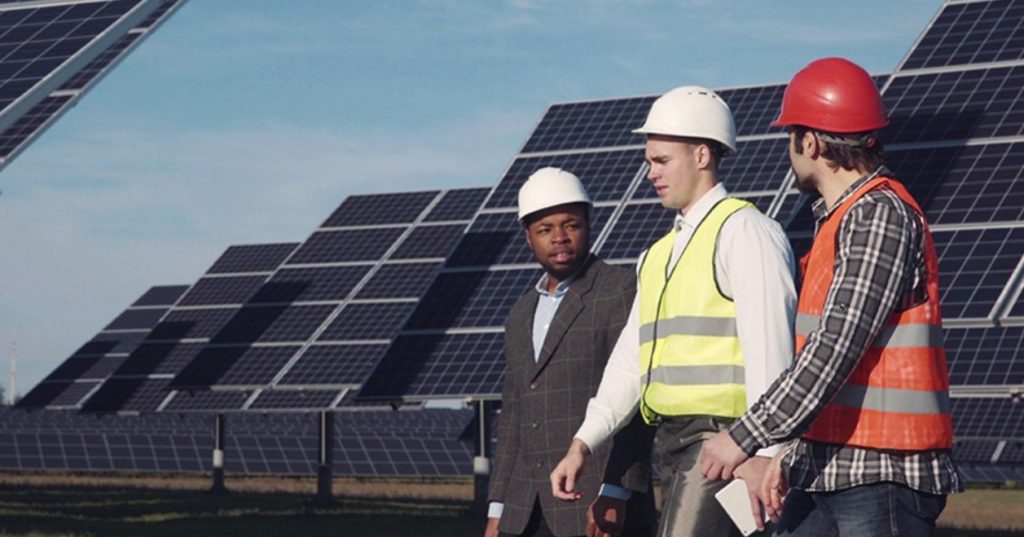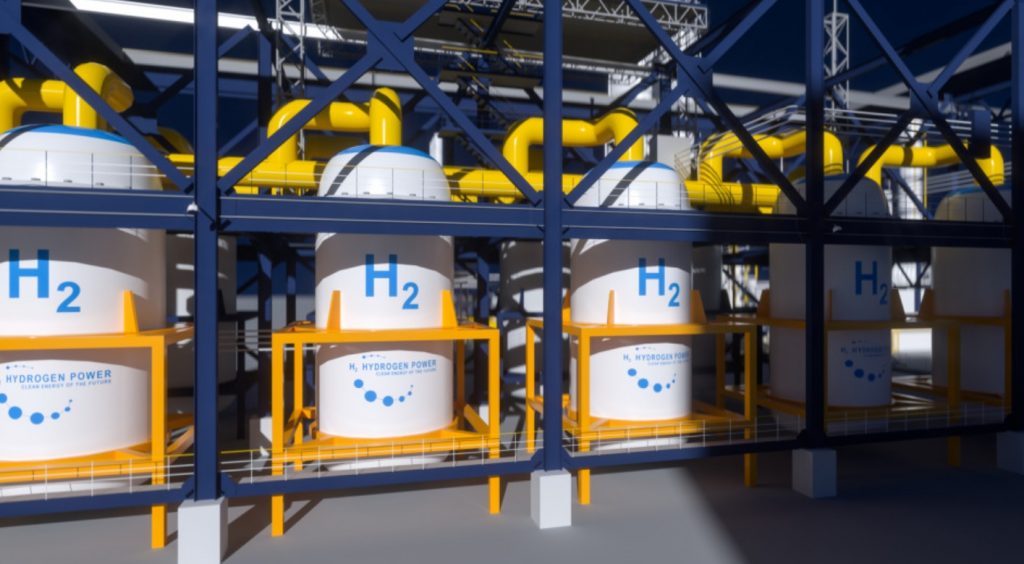Africa could become the central producer
Green hydrogen is seen as a ray of hope. A coveted, environmentally friendly solution to meet the world’s ever-increasing energy needs while mitigating climate change. Africa has everything that is fundamentally necessary for this: large areas of undeveloped land, sun, wind and hydropower. No wonder many countries, including Germany, are banking on Africa as a new supplier of clean electricity.
When it comes to innovation, Africa usually lags behind. But when it comes to green hydrogen, the continent is at the forefront. “We expect projects of a reasonable scale, especially in North Africa, from as early as 2024,” says Minh Khoi Le, hydrogen expert at the Oslo research institute Rystad Energy.
In May, six countries – Egypt, Kenya, Mauritania, Morocco, Namibia and South Africa – founded a United Nations-backed alliance that aims to produce 500 kilotons of green electricity annually. The largest initiative among them is the Mauritanian 10GW Project Nour, which in partnership with the British Chariot Energy Group and the Dutch port of Rotterdam aims to deliver 600,000 tons of green hydrogen to Europe every year from 2030.

According to the financial analysis group S&P Global, there are currently ten green hydrogen projects in different stages of development in Africa. Almost 600 renewable power plants with a total output of 64,000 megawatts are already in operation; 580 more are planned with an output of 152,000 megawatts.
The easy availability of wind and solar energy is a “great opportunity” for Africa, says S&P analyst Erika Baldessin. “Africa has the potential to become a cost-effective global supplier.” The estimated export price for green hydrogen production in West Africa, for example, is less than €2.50 per kilogram, says Solomon Agbo, a physicist at Delft University’s Jülich Research Center in the Netherlands. That is significantly cheaper than the production estimated at around 3.80 euros per kilo in Germany.
Agbo is project coordinator of the H2Atlas Africa project, with which the federal government wants to develop green hydrogen projects in cooperation with countries in sub-Saharan Africa. According to Agbo, one third of the land area in West Africa is suitable for photovoltaic systems and three quarters for onshore wind turbines. The region has the potential to theoretically produce up to 165,000 terawatt hours a year. That would be more than sufficient: Germany’s hydrogen strategy assumes a requirement of around 90 to 110 terawatt hours by 2030.

As part of its national hydrogen strategy, Germany has entered into partnerships with Namibia, the Democratic Republic of the Congo, South Africa, Angola and Morocco. The EU also plans to switch to green hydrogen by 2050. In order to become independent of the energy supply from Russia, the RepowerEU strategy was increased in March by a further 10 million tons of green hydrogen imports per year. This comes on top of the existing EU target of using 20 million tonnes of green hydrogen by 2030.
So far there are mainly plans and little invested capital. According to a report by the African Development Bank (AfDB) and the International Renewable Energy Agency (IRENA), over the past 20 years only two percent of all investments in renewable energy have gone to Africa. However, the tide should turn in the near future, say experts.
One of the first operational projects in Africa could be up and running in southwestern Angola within two years. A 2-gigawatt hydroelectric power plant, co-financed by Germany, is being built near the capital Luanda. From 2024, initially 400 megawatts and later up to 1000 megawatts of the previously unused capacities are to be used for the production of green hydrogen. The power line to the port where the electrolysis is to take place is in place. The next step is the construction of an electrolysis plant by the German companies Gauff and Conjuncta in cooperation with Sonangol. As Africa’s largest oil company, Sonangol knows how to sell and export gas on the world market. “This would allow Germany to reduce its dependence on Russian gas supplies a bit,” says Conjuncta boss Stefan Liebing. “Africa has the potential to become one of the most important partners for Germany and Europe.”

Neighboring country Namibia has an estimated €9.4 billion green hydrogen project that is set to go into production in 2026. South Africa also announced plans in February to start green hydrogen projects worth almost 18 billion euros over the next ten years. At the UN climate conference in Glasgow, the country at the southern tip of Africa was given 8.5 billion euros promised. Kenya, Morocco and Nigeria are in similar stages of development, while Egypt is planning three public-private green hydrogen projects with a total capacity of 300 megawatts. A letter of intent has already been signed with Siemens for this purpose.
But there are also hurdles: Projects must quickly reach a significant export volume in order to become profitable. This requires close cooperation between governments, companies, investors, multilateral development banks and technical experts. Transparency and accountability will be key to avoiding the pitfalls that have plagued the continent’s extractive industries for so long.
It also needs a good logistical infrastructure and the development of a supply network to pump the hydrogen to customers – Africa’s weak point. In addition, according to the World Bank, there is a shortage of qualified engineers who can install, monitor, operate and maintain integrated fuel cell and hydrogen systems. However, hydrogen expert Khoi Le remains optimistic: “Africa faces the same technical challenge as the rest of the world. Large-scale production of green hydrogen is new to everyone.”
So far, mainly Europe is looking towards Africa. Neither Russia nor China, the world’s leading producer of green hydrogen, has invested in green electricity on the continent, says Khoi Le. However, the Chinese solar industry giant GCL Group has recently kept an eye on Africa’s potential. The Africans don’t seem to care where they get the necessary capital from. The African Development Bank emphasizes that it is open to all investors.

